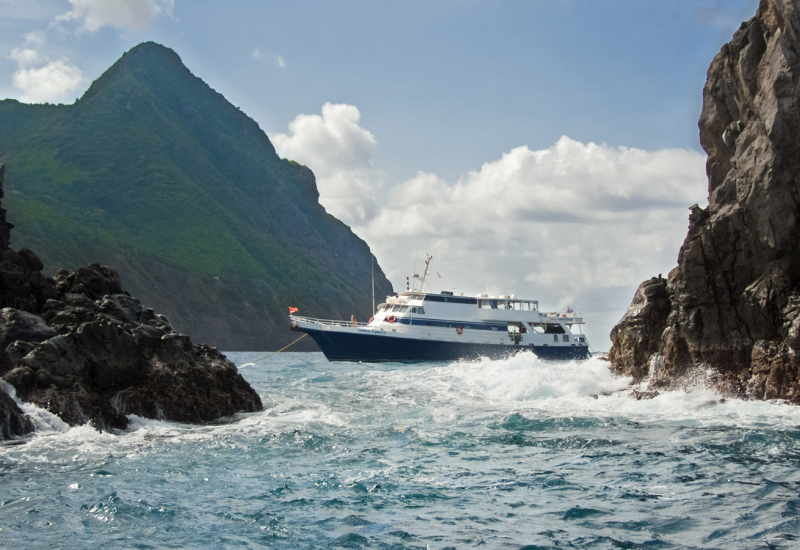Big Pine Key and Lower Keys, Fla.
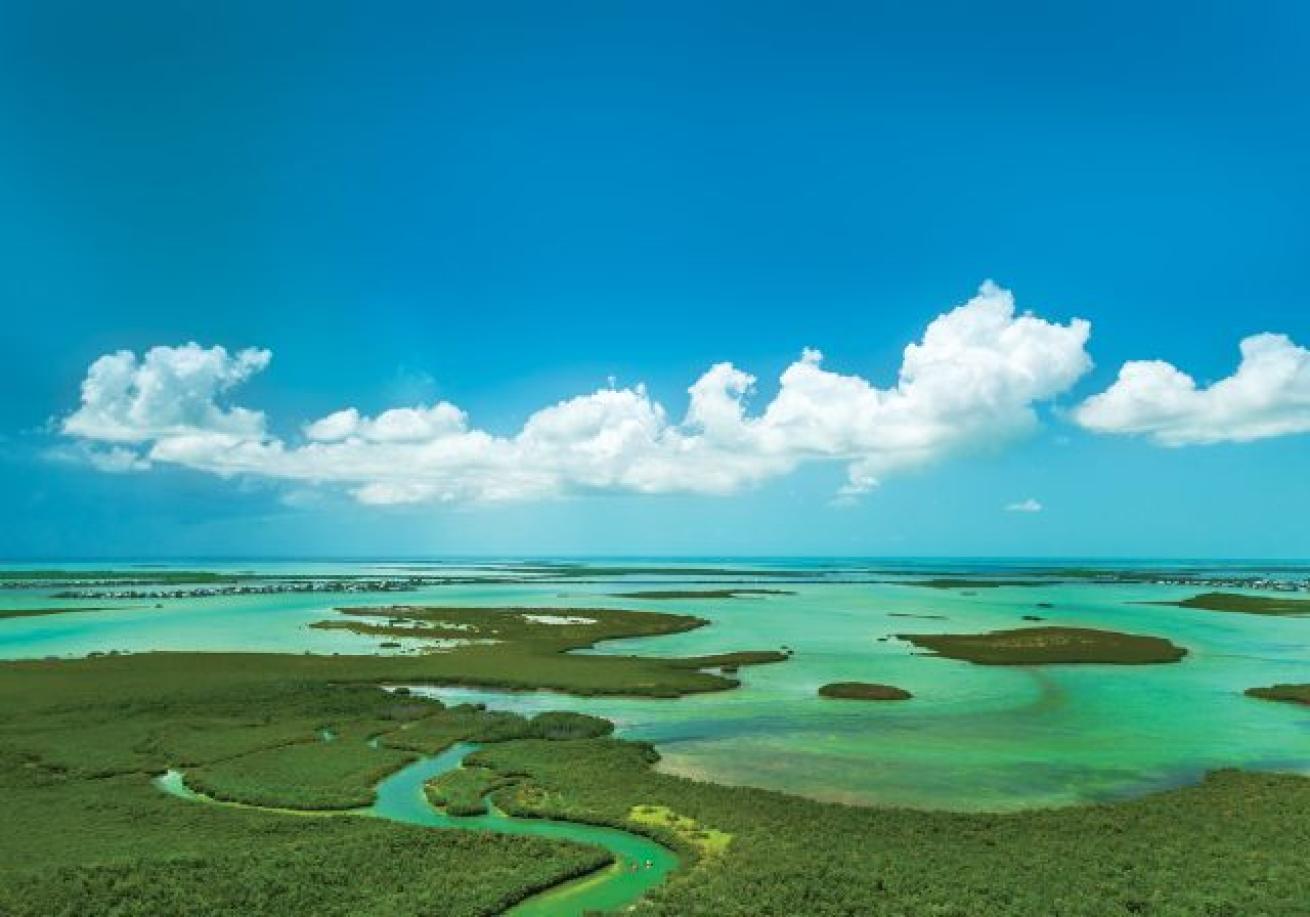
Courtesy of the Monroe County Tourist Development CouncilMarvin Key
Big Pine and the Lower Keys Are a Perfect Match For ...
Experienced divers who love the thrill of wreck diving — the Adolphus Busch Sr., a 210-foot former cargo freighter, is an amazing site.
Families with kids curious about the ocean or who want to learn to dive — a number of dive, watersports and marine science operators make learning fun for youngsters.
New divers who prefer aquarium-like conditions — Looe Key National Marine Sanctuary offers clear, warm water and dive sites at beginner-friendly depths.
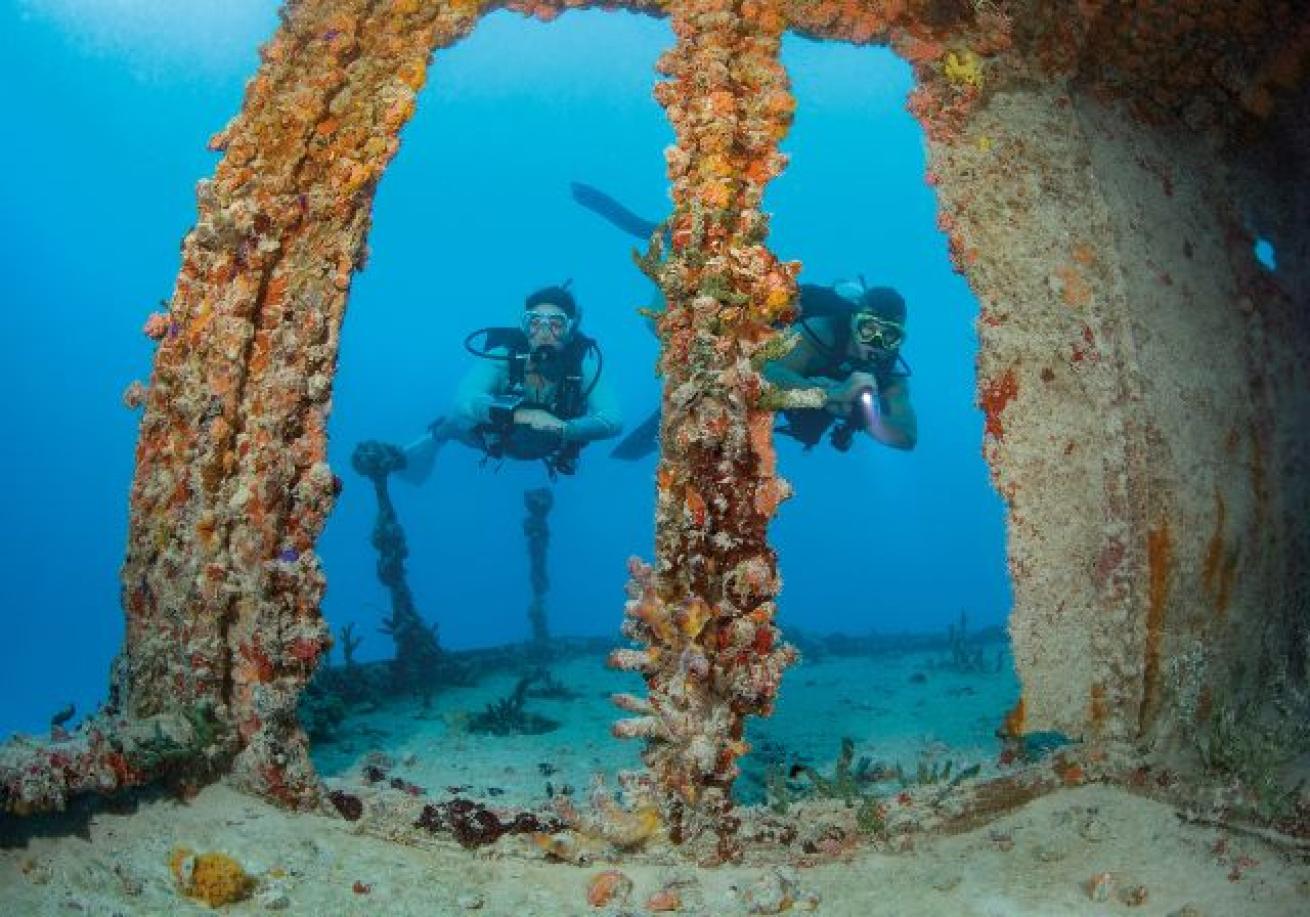
Courtesy of the Monroe County Tourist Development CouncilWreck of the Adolphus Busch Sr.
There is a stress-free, “let all your cares melt away” vibe to the Lower Keys — an oasis of islands comprised of Big Pine Key (the largest), Upper Sugarloaf, Cudjoe, Summerland, Ramrod, Little Torch, Stock Island and Bahia Honda keys. Here, “Old Florida” isn’t just a slogan; it’s a way of life that revolves around the ocean. Located between the west end of the Seven Mile Bridge to just outside Key West, these keys possess an abundance of nature’s gifts — tranquil water views, wildlife refuges, mangroves and adorable Key deer — and it’s not by accident. Local leaders and residents worked for decades to protect the resources in this region, which have earned the title “the Natural Keys.” The bounty — and conservation — continues underwater, too.
Commitment to Conservation
Like the rest of the Florida Keys, the area known as the Lower Keys has a rich history — including a robust conservation legacy — that helped shape the future for this remarkable archipelago. In 1957, the National Key Deer Refuge was established in Big Pine to protect its endangered Key deer, as well as the area’s mangrove forests, freshwater and salt marsh wetlands, pine rockland forests, and tropical hardwood hammocks. The Looe Key National Marine Sanctuary was designated in 1981, eventually becoming part of the Florida Keys National Marine Sanctuary in 1990.
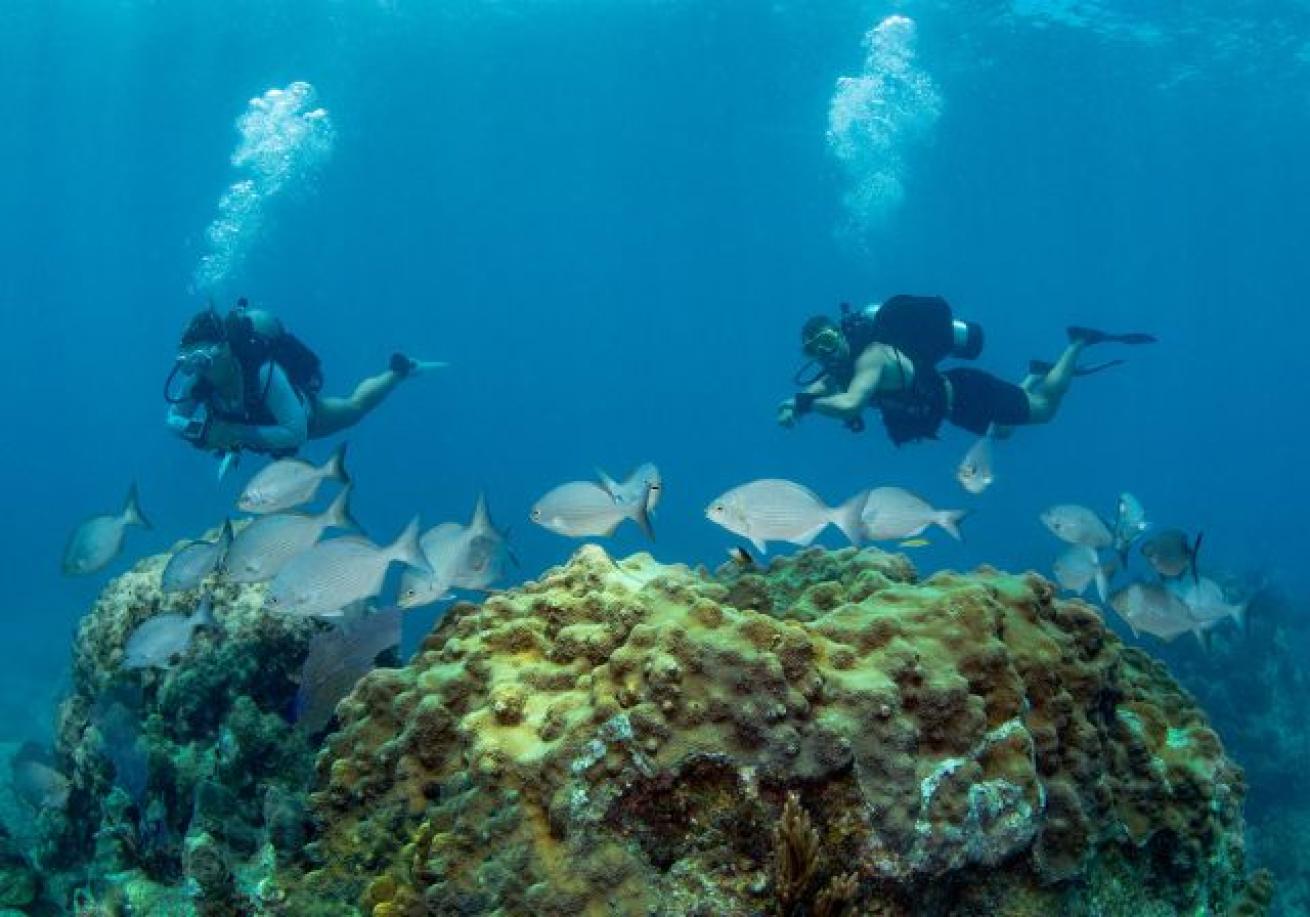
Courtesy of the Monroe County Tourist Development CouncilLooe Key, is a popular dive site and marine sanctuary.
Diving in the Lower Keys
You’ll get your first introduction to the unique reef system in the Looe Key Sanctuary Preservation Area (SPA) on dive briefings offered by your guides. There are multiple moorings on this spur-and-groove reef system in the sparkling blue waters of the Atlantic Ocean. This reef tract was named for the HMS Looe, a British warship that ran aground here in 1744 and then burned to the waterline. The remains are in just 25 feet of clear water, but it helps to have a guide to lead you the site where you might spot an artifact or two. What really makes this site come alive for divers are the fish that tend to congregate here — angelfish and stingrays are fairly reliable residents.
The diversity of marine life is a huge part of what makes Looe Key special. Beginner divers will feel completely comfortable touring the shallow ridge of coral heads that slopes down to about 40 feet, while more experienced divers can descend to about 100 feet to check out deeper sections of the reef. There’s always the chance of encountering eagle rays and turtles in deeper water. The fish found here, including angelfish, parrotfish, sergeant majors and moray eels, have benefited from the protections afforded by the SPA.
Divers who have the experience to handle depth and current will love exploring the Adolphus Busch Sr., a 210-foot former cargo freighter with a story of its own. Sunk intentionally in 1998, the Adolphus Busch Sr. was purchased by the Looe Key Artificial Reef Association, which had it towed from Haiti, and then worked to clean it and strip it of hatches and portholes. (It was renamed after the Anheuser-Busch beer magnate who is an avid diver and helped fund the project.) It sits upright in the sand near Looe Key in 110 feet of water, and it’s rare not to see something exciting visiting the vessel’s remains, such as goliath grouper sheltering in the cavernous interior, barracuda patrolling the exterior, and Southern stingrays hunting on the sandy seafloor.
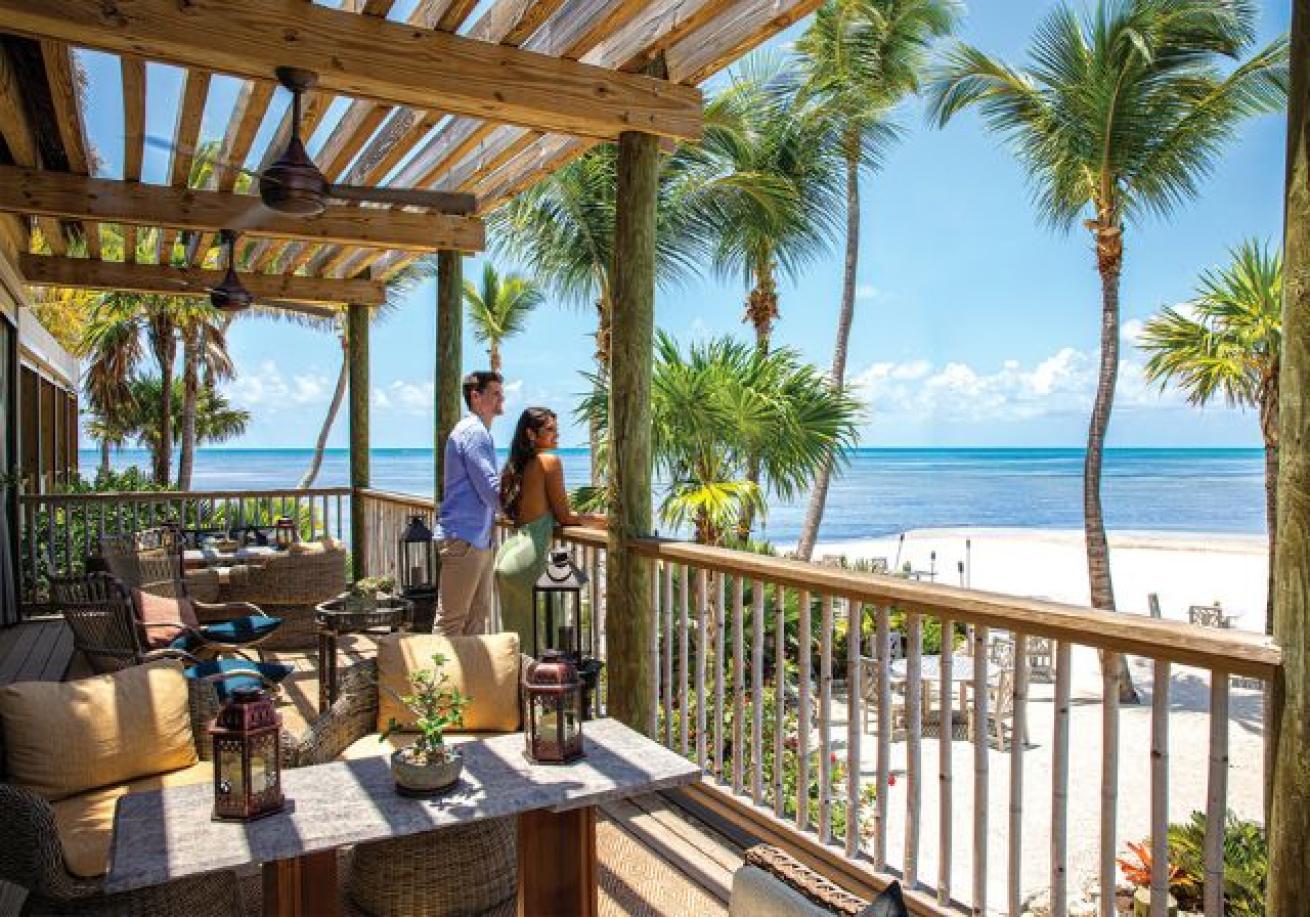
Courtesy of the Monroe County Tourist Development CouncilImmerse yourself in the local culture by exploring art galleries, enjoying live music, and savoring the unique cuisine of the Florida Keys.
Topside Fun in the Lower Keys
Signature eco-adventures in the Lower Keys include kayaking mangrove mazes, backcountry flats fishing for tarpon and bonefish, viewing migratory and wading birds, and looking for the diminutive Key deer. Accommodations range from primitive campgrounds to more upscale camp sites to luxury resorts, some with marina facilities. Local restaurants and bars serve up the tropical island seafood and pub cuisine the Keys are known for.
If you’re looking for a dive destination that offers get-away-from-it-all tranquility, pack your bags and dive gear for a stay in the Lower Keys. You won’t be disappointed by this area’s soul-soothing experiences and natural beauty.
At a Glance: The Lower Keys
Average water temp 69°F to 88ºF >> What to wear 3 mm in summer; 7 mm in winter >> Average viz 60 feet or more >> When to go Year-round >> What to pack besides dive gear Binoculars — this is the perfect place to go bird- or manatee-watching

